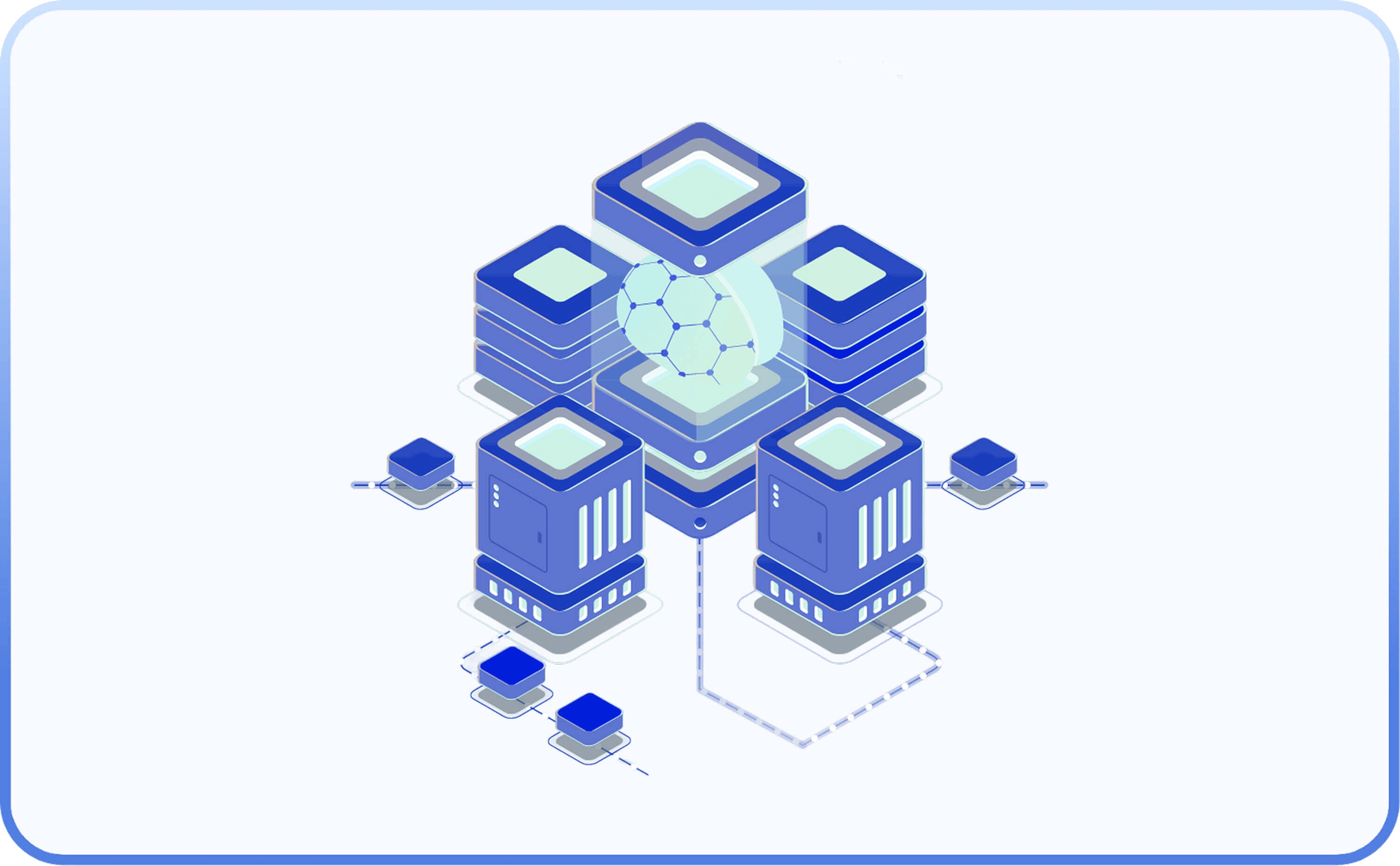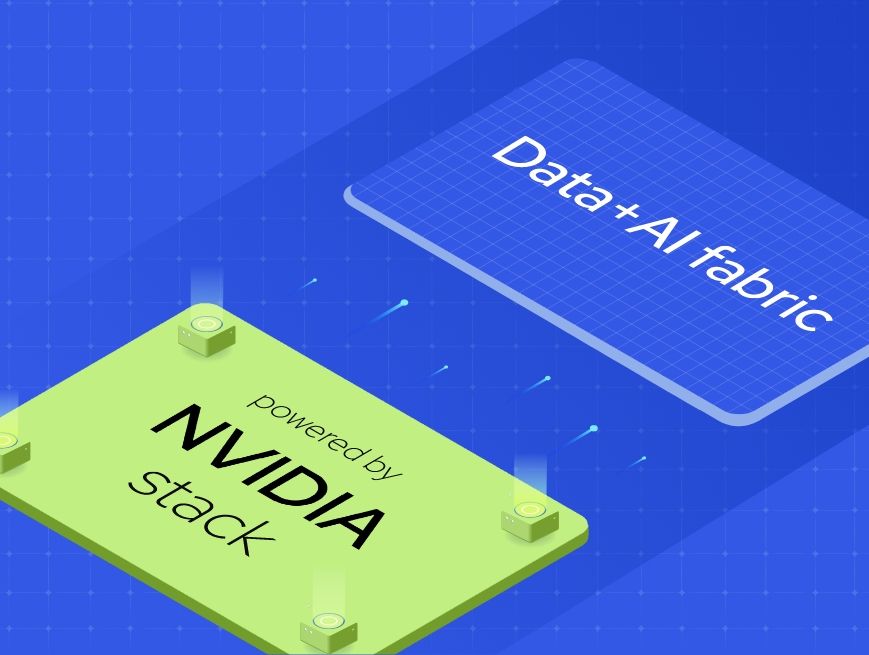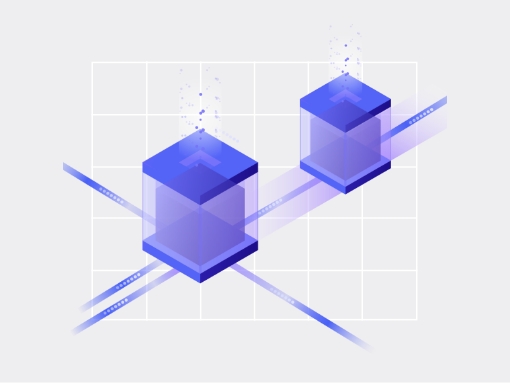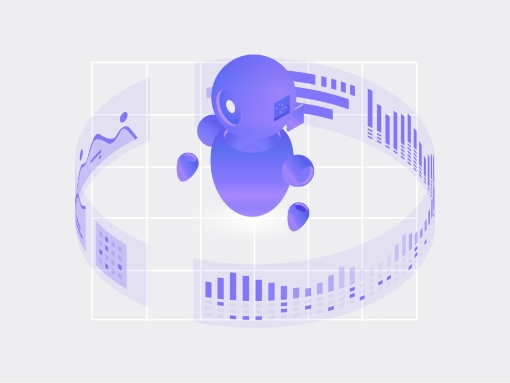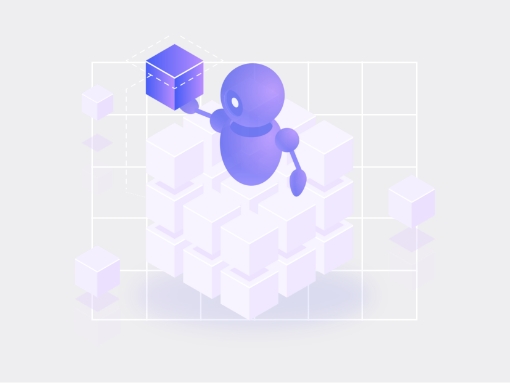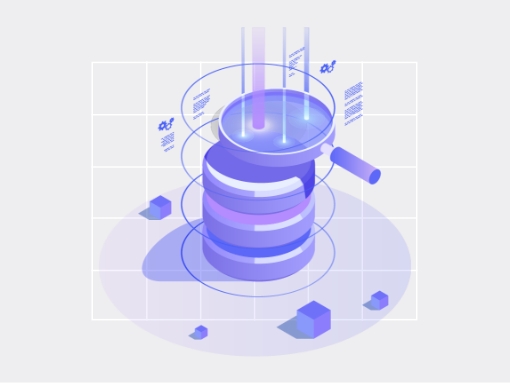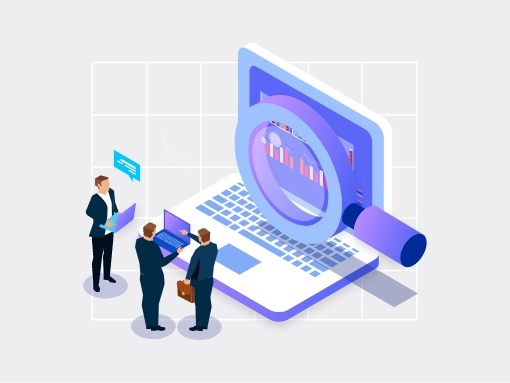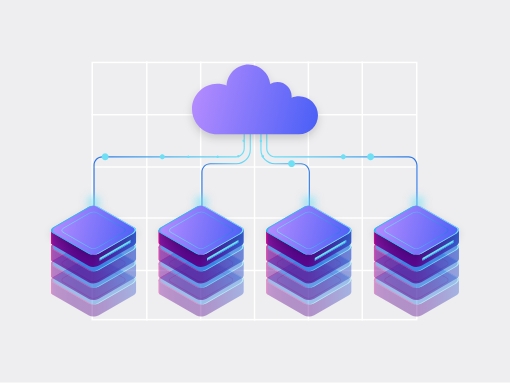Artificial intelligence (AI) is now so deeply woven into every aspect of our lives that we often fail to notice its presence. From personalized recommendations to process automation and advanced analytics, AI now works quietly in the background, making things faster, smarter, and more tailored for both businesses and individuals. In the past, AI demanded direct human engagement involving manual programming and explicit instructions. Over the years, it has transitioned into an embedded, autonomous and invisible force that effectively operates in the background, quietly powering everyday human experiences.
This silent revolution has opened new avenues to improve productivity, efficiency, and revenue for companies. *According to a recent report by McKinsey, 78% of organizations have adopted AI in atleast one function, and are also using AI in more business functions than before. This article explores the unseen integration of AI into daily life and its transformative role across industries. It looks at the breakthroughs driving this change, how businesses and consumers are benefiting, and the real-world challenges that come with relying on AI.



